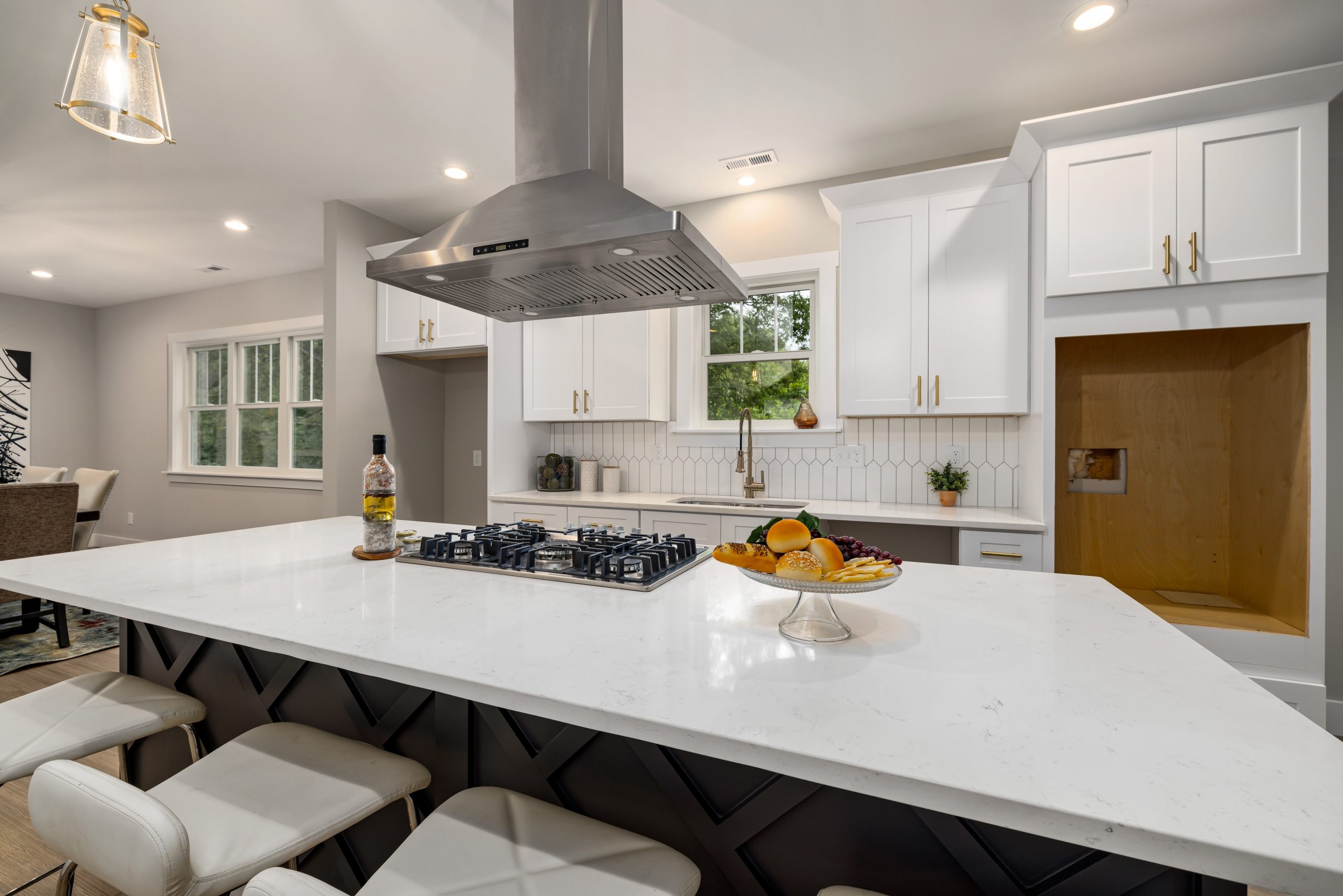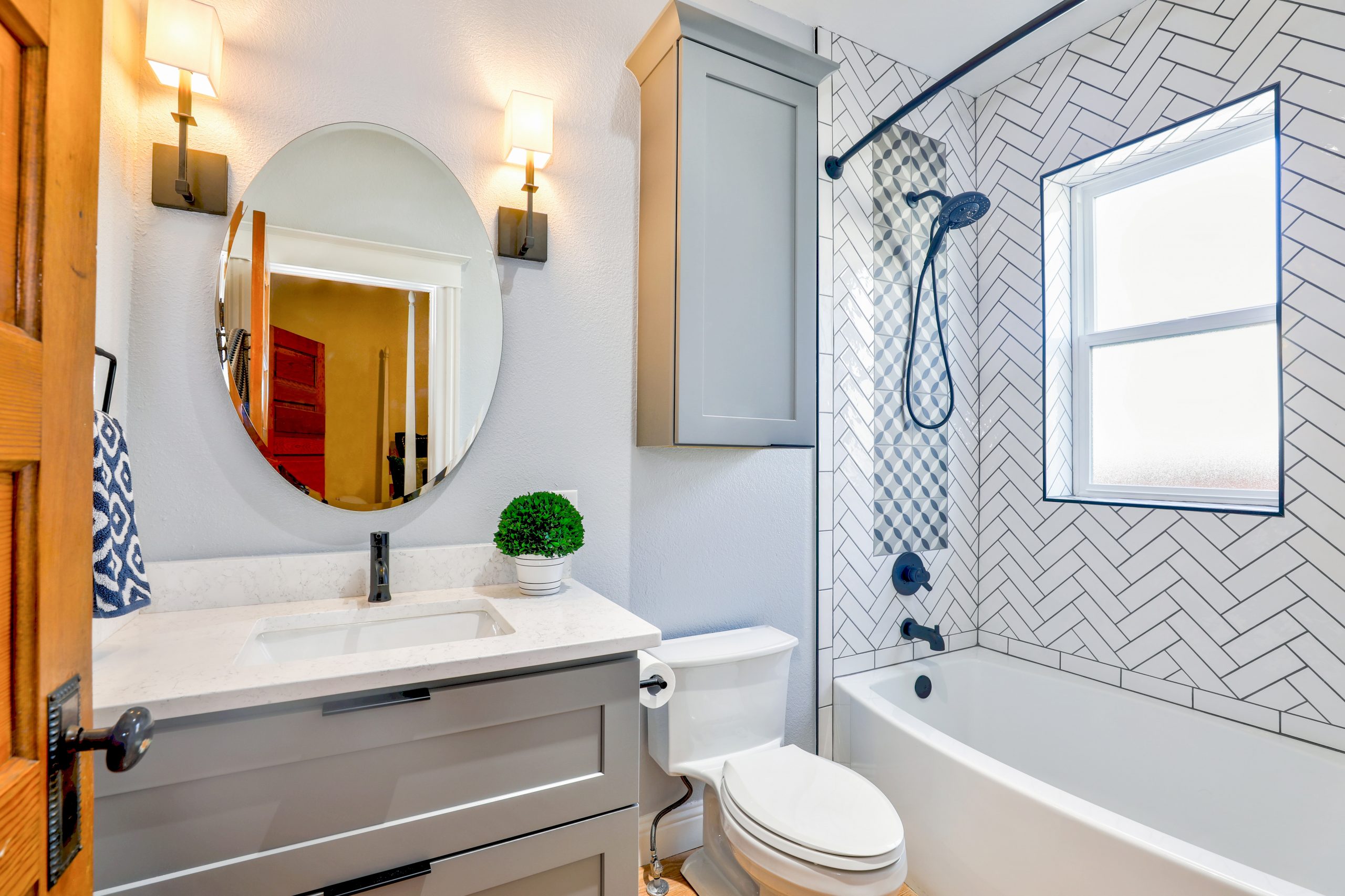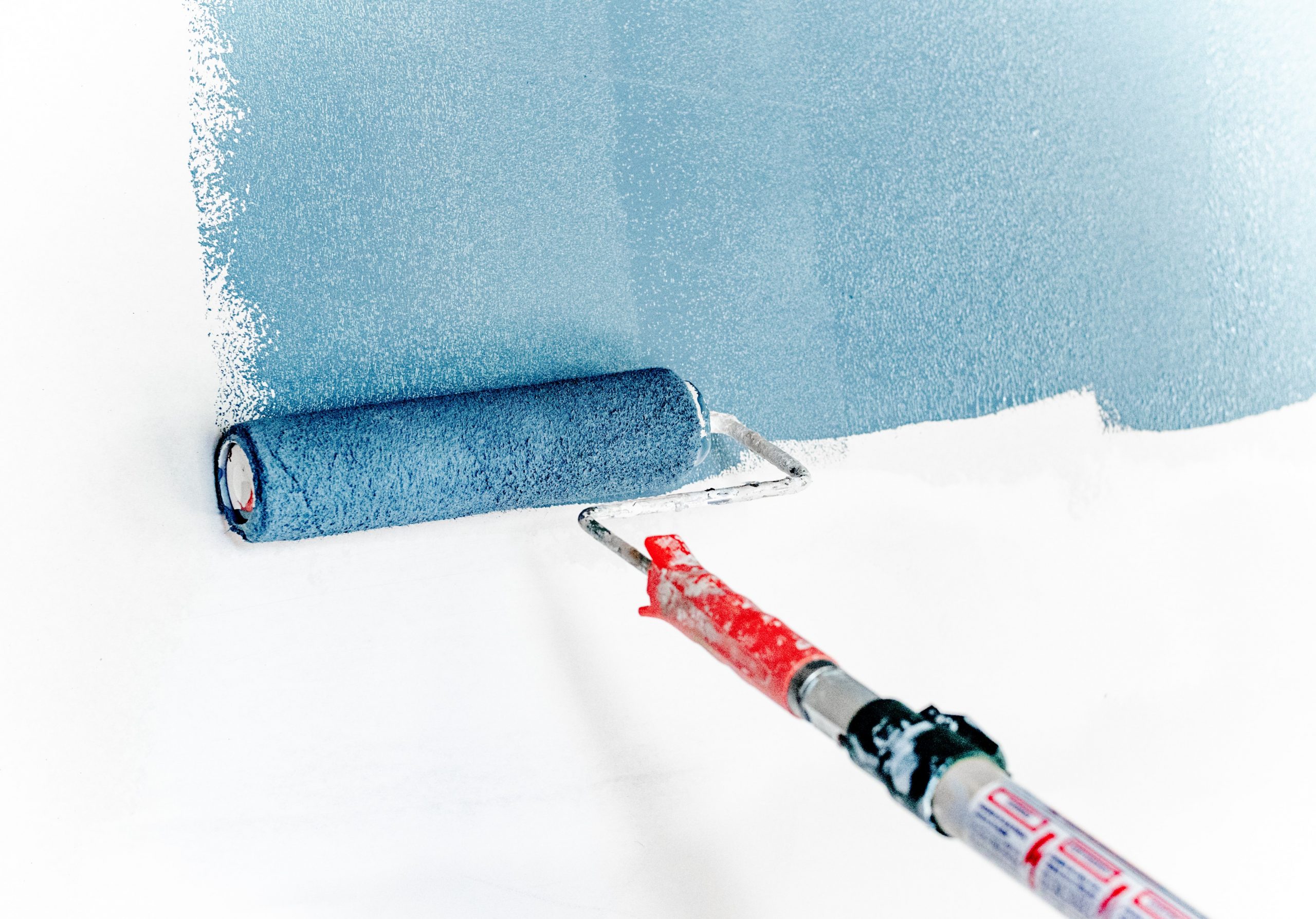
Design & Planning Guide
Kitchen Planning Guide
Plan Kitchen Appliances
When planning your kitchen remodel, selecting your appliances should be the priority. If appliances aren’t decided on first, you risk exhausting your budget and facing unexpected costs for changes which can lead to having to settle for lower quality products. So make sure you consider the appliances, plan for them in your budget, and make sure they fit into your kitchen plan. Not in terms of style alone, but also in terms of size. This is especially important if you want built-in appliances. In addition, while selecting appliances, it is important to verify lead-time to avoid delays in your remodel.”
5 Ways you can Update your Kitchen to Add Value to your Home
- Replace old appliances with new, more efficient models.
- Upgrade countertops to granite or marble.
- Install a new backsplash.
- Paint cabinets a new color.
- Add built-in features such as ovens or microwaves
Aside from planning out your appliances, it is a good idea to start planning the location and types of cabinets you want in your kitchen. The best way to go about deciding on the types of your cabinets, is to consider what you will be putting in them. After that, you want to determine where in your kitchen is the most convenient spot to access those items. An example of this would be putting a larger wall cabinet near your refrigerator for plates, bowls and glassware. Another example would be putting a tray base cabinet near your oven/stove and a waste bin cabinet near the sink. Once you have a better idea of the size and types of cabinets you want, then all you have to do is organize it in a layout that will work best for you and your family.
Nobody likes a narrow kitchen. One where it feels like there can only ever be one person in it at a time, and even then it feels like you are bouncing off the cabinets to get around. This is why it is important to think about clearance for foot traffic, walking space and food prepping space. It is recommended to have a minimum of 3 feet between countertop surfaces to allow for foot traffic and room to transition from one countertop surface to the next.



